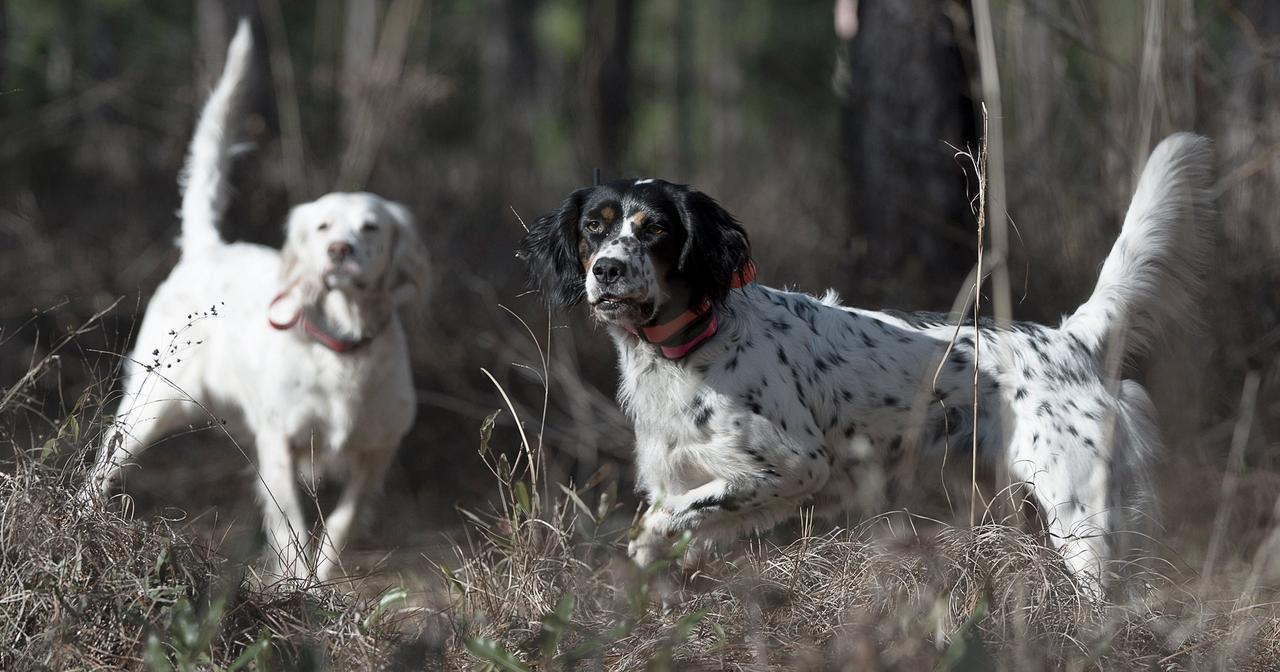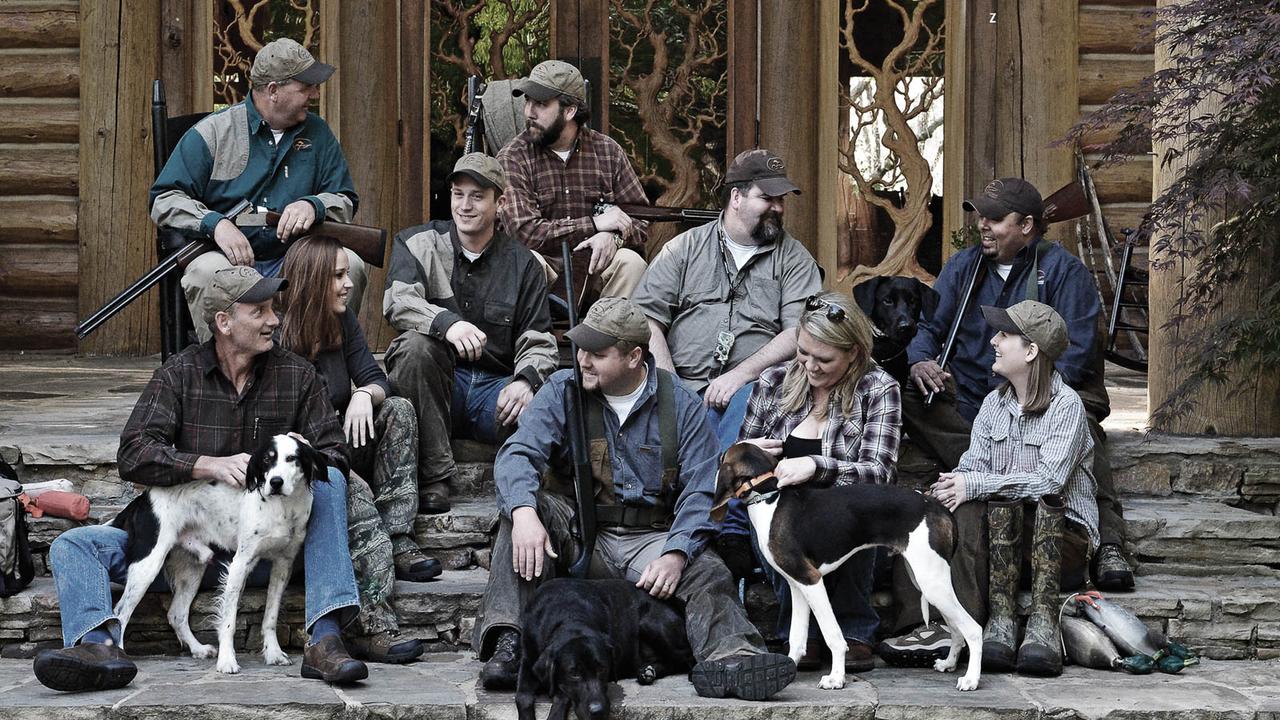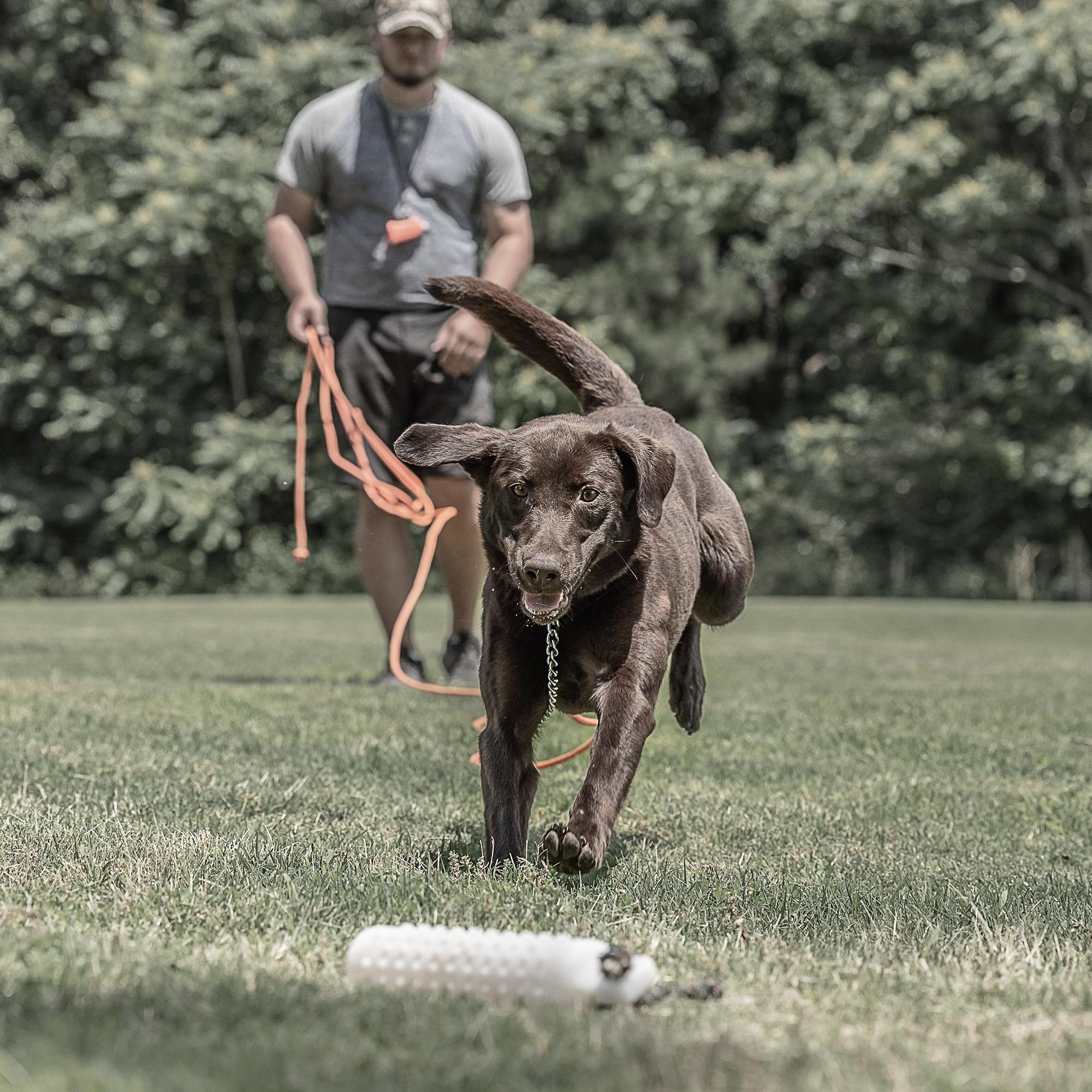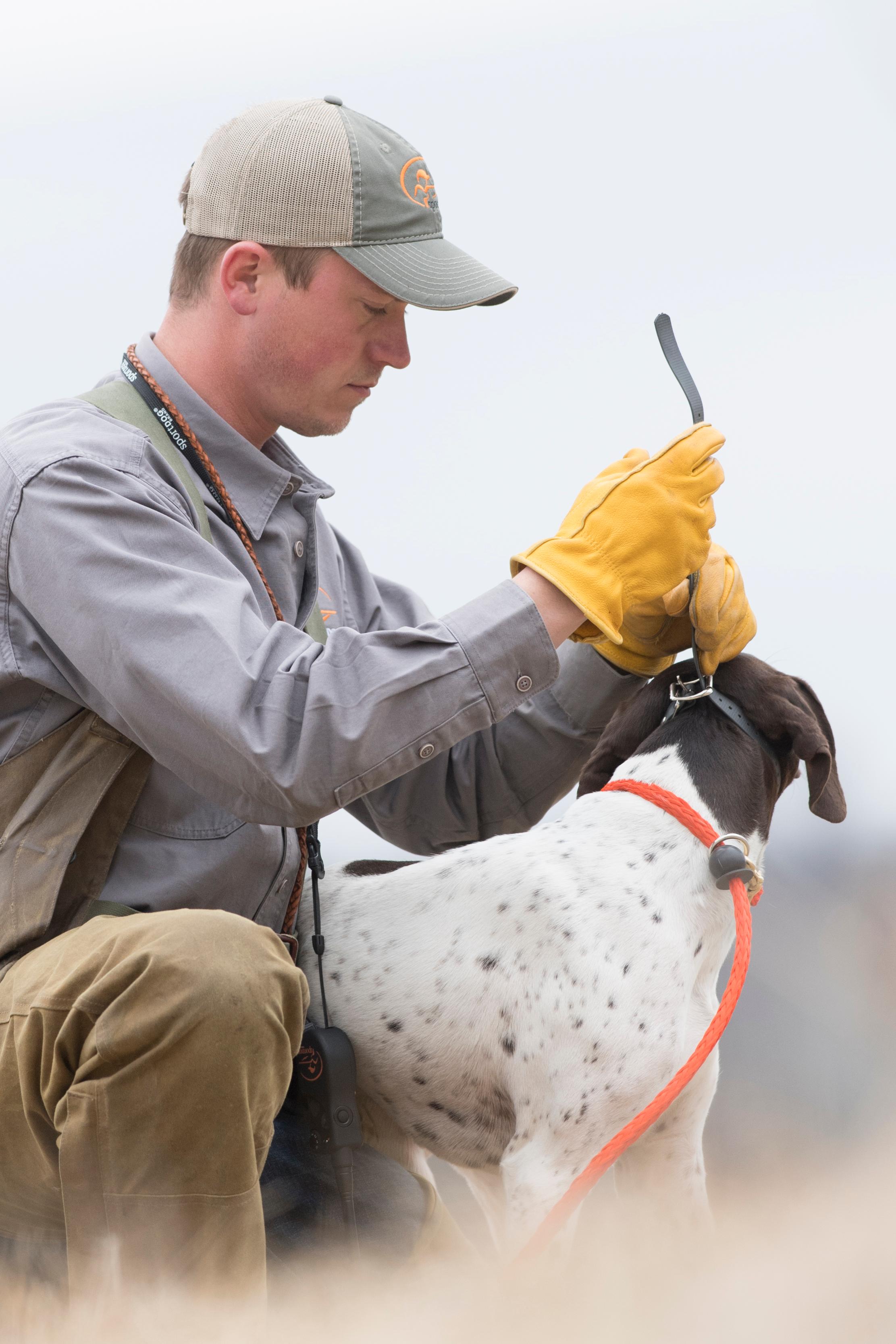
A Dog Ready for the Field
Posted by The SportDOG StaffHunting seasons are in full swing. In bird fields you can hear the cackle of a bold rooster taking wing, along with the hoarse voice of a hunter yelling at his dog as it chases the flashy pheasant to the next paddock. It's easy to hear all about it as a handler shouts to the far end of a field, demanding that a dog cut short a mad dash to fun and freedom. It's easy to see who hasn't put in enough time and effort training a bird dog for the hunting fields.
We've all had a doggo decide it's suddenly gone deaf as a post. For some reason the pooch can't make heads or tails of a simple command, which is usually 'come over here'. For seasoned trainers, that usually happens in the training sessions. By the time a dog's ready to go hunting the deafness has been sorted. Trainers know the dog can hear 'em. The dog's just decided to chuck a wobbly and pay no mind to the bloke who's meant to be the boss.
When this happens on a bird hunt, the hunt should be over for the dog. Some of us might give the dog another go, but that's risky business. A dog that won't listen or chooses not to obey needs to go back to the training sessions to reinforce the dog as a capable performer and ready for the hunt.
The amateur trainer doing the most damage to a dog isn't the bloke yelling pointless commands at a dog with selective hearing. It's the dog handler who slaps an e-collar on his hunting dog's neck and reckons it'll give him complete control over his dog.
An e-collar is a training device. It should only be used while hunting as an insurance policy for an excited young dog. A young dog can get caught up in the excitement of the hunt and decide to chase after a bird. An e-collar will stop the youngster from bolting to an open road and a disastrous run-in with a car or truck.
Some might reckon that a doggo trained up with the help of an e-collar's gotta always have the collar on, or a weighted dummy collar. The idea is that the dog'll suss out when it's not wearing the collar and won't perform unless there's the threat of an e-collar around its neck. A quick comeback to that is all the field trials happening across the country all year round, especially in the autumn and winter. Field trial officials won't let a dog compete with an e-collar or a dummy collar, even if heaps of dogs have been trained with 'em. The field trials are like simulated hunting tests. Top-notch hunting dogs shouldn't need to wear such gear to show off their skills and follow a handler's orders.
An e-collar shouldn't be used to teach a dog a command. It's a tool to reinforce a command the dog's already learnt. The e-collar can be dead-set invaluable for training any hunting dog. The device can also be a fast track to disaster if not used right. A rookie dog trainer should team up with an experienced handler who's clued up on using an e-collar. While an e-collar can be handy, it's not a magic wand that'll turn a rough hunting dog into a top-notch performer overnight.
Always check your local and state regulations related to dog training and the use of game birds on private and public property.

The SportDOG Staff
Related Products
Related Articles

When Your Dog Should Enter the Hunt
by The SportDOG Staff
Young dogs take a while to develop into the hunting or field trial champion you want. Your knowledge that the pup you chose is from proven hunting stock is just the beginning. I have been spoiled. During hunting and field trial seasons, I have always had older, veteran dogs to rely...

Proper Introduction to the E-Collar
by Chris Akin
The e-collar is a ripper of a tool. It can fine-tune a dog, extend your control, and even save an animal’s life. But here’s the thing: You gotta understand what it is. It’s not a magic bullet. I reckon it’s a polishing tool. It’s an enforcement tool and a distance minimizer. What...

